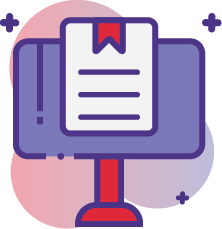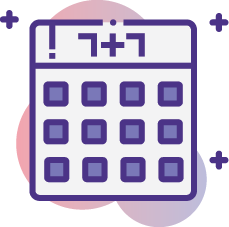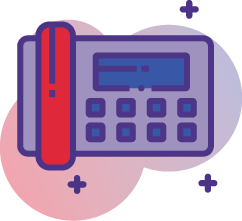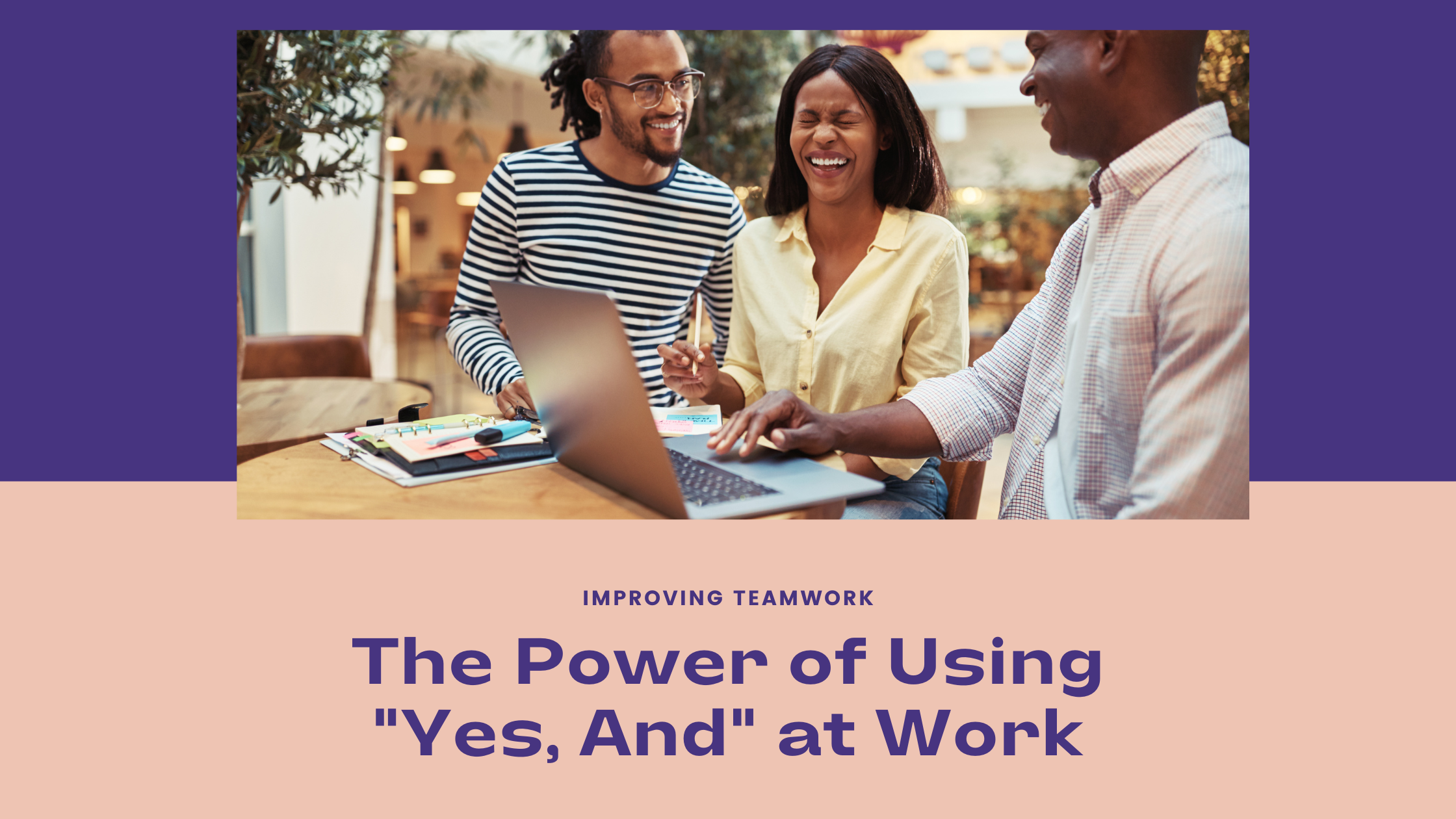My daughter-in-law mentioned she wanted to take the kids to a museum here in Ottawa while they visit next week. Naturally, I want to maximize my time with my kids and grandkids as much as possible without seeming negative or unwilling. Still, I knew a day at a museum with five kids under five would be exhausting, and I’d need recovery time!
So, when she said, “We want to take the kids to a museum next week. What do you think?” I responded, “Yes, and maybe after, we can get pedicures in the afternoon while the dads watch the kids.”
I didn’t want to tell her that although I wanted to do that for part of the day, I knew that I would need some time without all the grandkids or that I would be exhausted and need a “Nana time-out.”
In the same way, at work, I want to be supportive, be seen as positive and not negative, and help people as much as possible. It’s part of my DNA to help; ultimately, it makes me feel better. However, there are times when I know that I need to set boundaries, ask to have my needs met, change the idea to be better, or not be the doormat dumping ground for everyone at work. I want to do all that while being a positive and inclusive communicator.
This is where the “Yes, And” technique comes into play. The words are positive and create a collaborative environment by building on ideas rather than shutting them down with a negative comment or a simple “no” or “but.”
The essence of “Yes, And” lies in two parts:
“Yes” signifies acknowledgment and acceptance of the information or idea presented. It doesn’t mean you must agree with everything, but it shows you are open to hearing it.
“And” is where you build on the original idea, adding your input or suggesting a change, addition, or amendment to the concept. It encourages creativity and collaboration, leading to more productive discussions and solutions.
The Dos of Using “Yes, And” at Work
DO: Acknowledge the Input
When a colleague presents an idea or suggestion, start with “yes” to acknowledge what they are sharing. You are showing them respect and openness and creating a positive relationship. For example, if a team member suggests a new calendaring technique, you could respond, “Yes, that’s an interesting idea…”
DO: Build on the Idea
Make sure the “and” piece follows. Stopping at “Yes, that’s an interesting idea” could come across as condescending or dismissive. Follow up your acknowledgment with an “and” to add your thoughts or ideas to build on the shared idea. You could provide additional information, offer a complementary idea, or suggest a way to implement the proposal. Continuing from the previous example, you might say, “Yes, that’s an interesting idea, and we could also look at standard color coding for everyone to make it even easier.”
DO: Use Positive Language
Even if you have reservations and want to say something negative, frame your responses to maintain positivity and openness. Instead of focusing on the negatives, redirect the conversation towards finding a solution. For instance, rather than saying, “No, that’s too complicated,” you could say, “Yes, that could be a bit complex, and maybe we can find a simpler way to achieve the same result.”
DO: Encourage Further Discussion
By using “Yes, And,” you invite further discussion, making reaching agreement easier. You might create more innovative solutions, and it does create a greater sense of teamwork. Encourage your colleagues to share their thoughts and continue to build on each other’s contributions.
DO: Practice This Everywhere
While the focus is on work, you can use this technique everywhere, like I did with my daughter-in-law. At work, meetings are an ideal opportunity to practice “Yes, And.” It helps you create a more inclusive environment, makes you feel like you are adding value and avoiding being negative, and helps everyone feel that their ideas are valued.
The Don’ts of Using “Yes, And” at Work
DON’T: Use “Yes, But”
A common pitfall is using “Yes, But” instead of “Yes, And.” Instantly, it changes the feeling of your comments to feel dismissive or insincere, which undermines the collaborative spirit of the technique. For example, “Yes, but that’s not practical” can sound like a polite way to say “no.” Instead, try to reframe your response in a way that continues the conversation.
DON’T: Ignore Your Boundaries
While “Yes, And” encourages agreement, it doesn’t mean you must agree to everything. Setting boundaries and being honest about what’s reasonable or realistic for you is important. If an idea isn’t practical, use the technique to steer the conversation towards more realistic options. For example, “Yes, that’s an ambitious project, and we might need to make sure we can get it done during working hours.”
DON’T: Ignore Concerns
If there are genuine concerns or issues with an idea, it’s important not to ignore them. “Yes, And” isn’t about blind agreement; it’s about constructive dialogue. Acknowledge the concern and work together to find a solution. For instance, “Yes, it’s a great initiative, and we should consider the budget restrictions we have.”
DON’T: Force It
The “Yes, And” technique should feel natural and authentic. If you force it, it can come off as insincere. Practice using it at home and work so you can gradually integrate it into your communication style. The goal is to create a more collaborative environment, not to adhere rigidly to a script.
DON’T: Use It as a Gimmick
The effectiveness of “Yes, And” depends on genuine engagement. It can backfire if colleagues feel you’re using it as a gimmick or a superficial tool. Be sincere in your responses and genuinely consider shared ideas and suggestions.
The “Yes, And” technique is a powerful communication tool. By acknowledging and building on the ideas of others, you can create a space where creativity thrives and solutions are developed through teamwork. Remember to balance positivity with practicality and use the technique to encourage constructive dialogue and mutual respect. With practice, “Yes, And” can become a natural part of your communication style, enhancing your interactions and contributions at work.
The girls and I have planned the morning at the museum and pedicures afterward. I didn’t present my additions to the plans as criticism or negativity but instead as building on the original idea. I suspect that although I’ll need the hour in the pedicure chair as my time-out, the girls will also enjoy the new plan.
This article was written by Rhonda Scharf and not by Artificial Intelligence.










